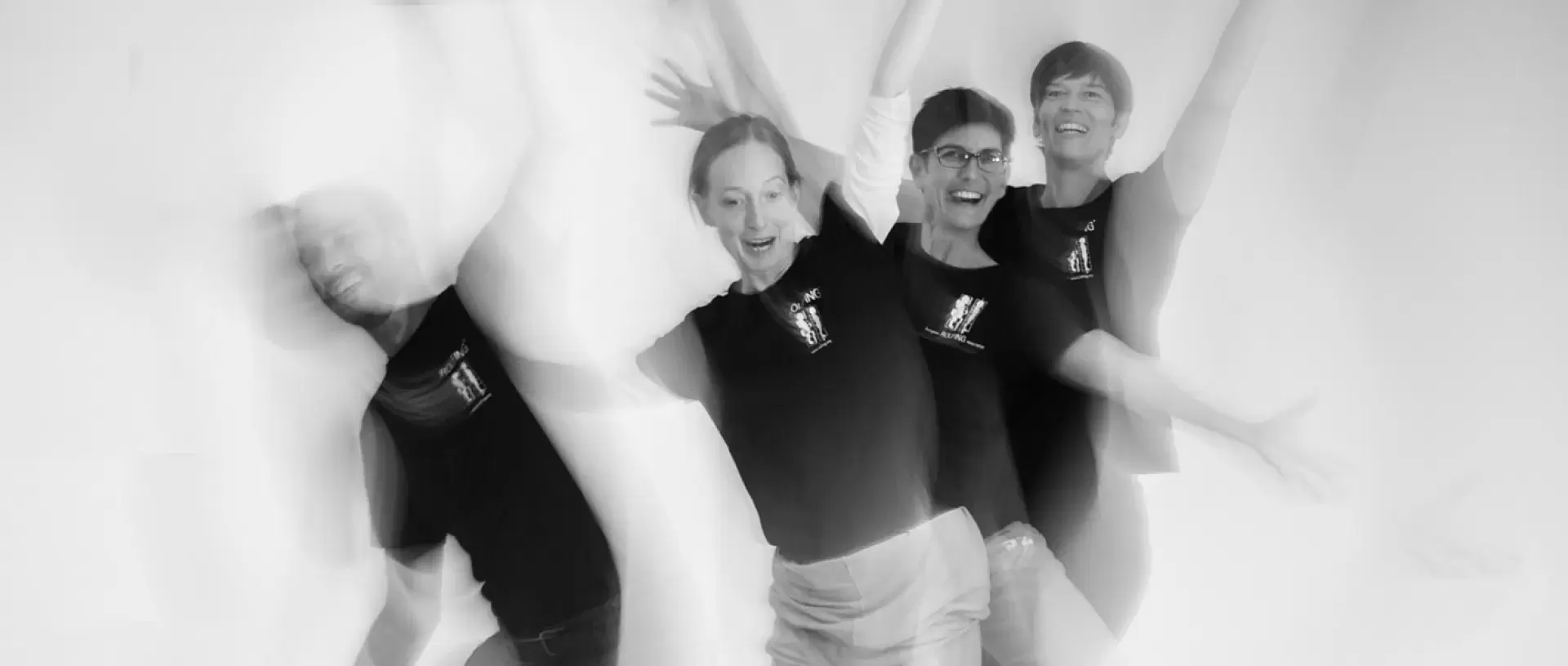Rolf Movement™ is an approach to movement education that focuses on somatic sensory-motor techniques.
This method teaches clients to recognise the natural biomechanics of the body in motion and consider sensory perceptions. First of all, it is about aligning the body structure optimally in space before turning to movement.
The goal is to incorporate gravity into one’s movements, thereby enhancing expressiveness and balance and improving overall movement coordination.
Aims and Method
The main aims of Rolf Movement are as follows:
- Perceive and Change Movement Patterns
- Explore Freer and More Fluid Movements
- Sensorimotor Training for Economic Movements
Rolf Movement can take place within the Rolfing sessions as well as be applied in separate movement sessions.
Specific exercises promote and support positive changes in posture and movement patterns. The aim is not to "train" or "adopt" a posture, but to achieve a change in motor activity through mindful physical exercises.
The subtle exercises help to reawaken the inner awareness for an upright posture. Clients become aware of their body and posture in everyday life and can apply what they have learned in a wide variety of situations at work and in their leisure time. The aim is to move economically - effectively, easily and without wasting energy.
Rolf Movement can be experienced in individual sessions as well as in in the context of a group.
Individual Rolf Movement Sessions
The advantage of opting for one-on-one sessions lies in the undivided attention and dedicated support provided by the Rolf Movement™ practitioner.
Rolf Movement practitioners use hands-on techniques to re-mobilise the fascia while clients perform specific movements lying down, sitting, or standing. This tactile intervention enhances bodily perception, enabling clients to move effectively within the realm of gravity.
While clients who have completed a Rolfing 10-Series can explore Rolf Movement™, it serves equally well as a stand-alone method for achieving higher levels of self-awareness, balance, freedom of motion and body coherence.
Rolf Movement in Group Sessions
In a group, there is less touch intervention, yet clients are seen and heard by others, benefiting from shared insights and encouraged self-expression. This communal setting fosters numerous associations that naturally guide individuals toward incorporating positive changes into their daily routines.
The Development of Rolf Movement
In the 1960s, Dr. Ida Rolf, an American biochemist and the visionary behind Rolfing® Structural Integration, discovered that gravity and fascia play an important role for upright posture and economical movement. “Put it where it belongs and ask for movement” – this statement by Dr. Ida Rolf indicates how important it is that the body prepares itself ideally for each movement.
Ida Rolf wondered how we could use our bodies, taking into account the three-dimensional fascial network. Her goal was to be naturally upright and supported by gravity. Her exchanges with Moshe Feldenkrais and many movement researchers of that time influenced the development of her Rolf Movement approach.
Dr. Ida Rolf's exploration of Rolf Movement has been further advanced by many Rolfers. The approach developed by the French dancer and Rolfing Trainer Hubert Godard is especially ground-breaking. His model, “tonic function” is based on his exchange with other movement teachers, extensive experience, and recent research findings on the connective tissue’s (fascia) functions.
Find out more about Rolf Movement™ Training







